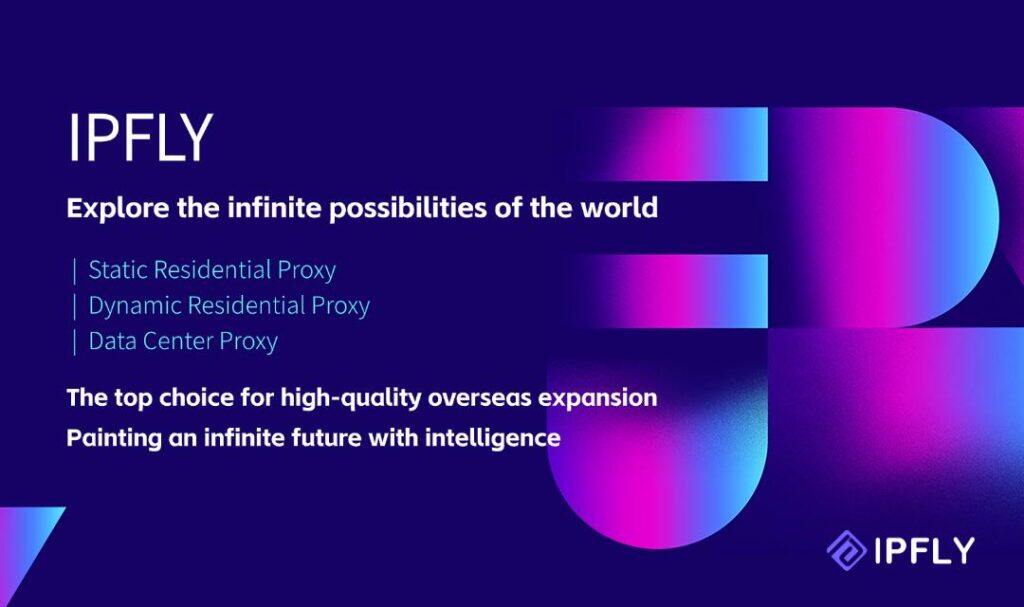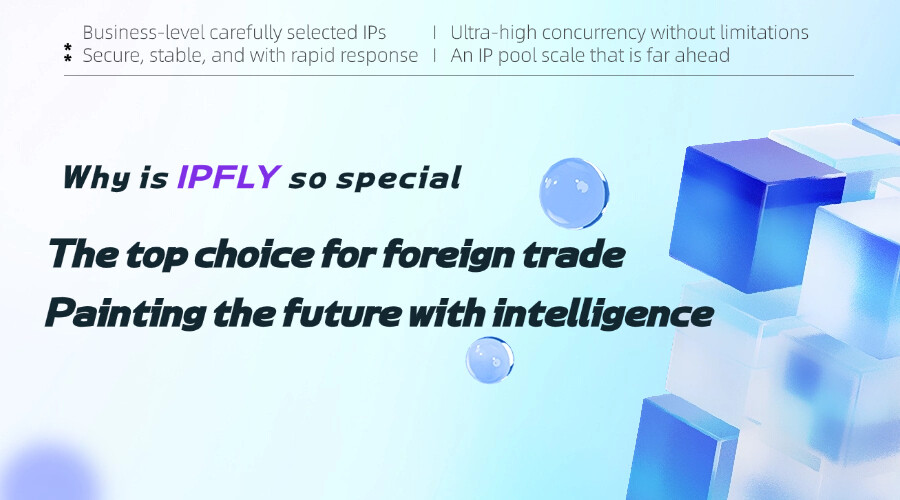The internet is the world’s largest public database, filled with information that can fuel business decisions, power AI models, and drive research. The process of collecting this information is known as data extraction. Understanding how to do it correctly can give you a significant competitive edge.

The Spectrum of Data Extraction Methods
There are three main ways to get data from a website, ranging from simple to highly sophisticated:
1.Manual Extraction (Copy & Paste):
The most basic method. It works for very small, one-time tasks but is not scalable, is prone to errors, and is incredibly time-consuming.
2.Using Application Programming Interfaces (APIs):
When a website offers an API, it’s the best way to get data. An API provides clean, structured data directly from the source in a reliable and legal manner. Always check if a target website has a public API before attempting to scrape it.
3.Web Scraping (Automated Extraction):
This is the focus of our guide. Web scraping uses automated scripts or “bots” to browse websites and extract specific data when an API is not available. It is powerful and scalable but requires the right tools and techniques.
A Step-by-Step Guide to Web Scraping
Effective and ethical web scraping follows a clear, methodical process.
Step 1: Define Your Goal and Check for Legality
First, know exactly what data you need (e.g., product names, prices, reviews). Then, perform a crucial check: review the website’s robots.txt file (usually found at domain.com/robots.txt) and its Terms of Service to understand their policies on automated access.
Step 2: Inspect Your Target Website
Use your browser’s built-in Developer Tools (right-click on a page element and select “Inspect”) to examine the site’s HTML structure. This will help you identify the specific HTML tags (like <div>, <span>, or <h1>) that contain the data you want to extract.
Step 3: Choose Your Scraping Toolkit
You don’t need to be a master coder to scrape a website.
For Beginners (No-Code Tools):
Platforms like Octoparse and ParseHub offer visual interfaces where you can click on the data you want to extract, and the tool builds the scraper for you.
For Developers (Coding): Python is the language of choice for web scraping.
Beautiful Soup & Requests:
A great combination for beginners, used to fetch and parse static HTML pages.
Scrapy: A more powerful, all-in-one framework for building complex, large-scale web crawlers and scrapers.
Step 4: Integrate the Engine of Your Scraper – Proxies
This is the step that separates amateur scrapers from professional data operations. If you send thousands of requests to a website from a single IP address, you will be quickly detected and blocked.
A proxy network is the solution. By routing your scraper’s requests through a pool of different IP addresses, you can avoid detection and gather data reliably. For this, IPFLY’s residential proxies are the industry standard.
Why IPFLY Residential Proxies are Essential:
They use real IP addresses from actual home internet connections. This makes your scraper’s activity look like it’s coming from thousands of different, genuine users across the globe, making it virtually impossible for websites to block. The automatic rotation of these IPs, a key feature of IPFLY, ensures your scraping project can run continuously and at scale without interruption.
Step 5: Write the Script and Extract the Data
With your tools and proxies in place, you can write the logic for your scraper. The basic process is:
1.Send an HTTP request to the target URL through your IPFLY proxy.
2.Receive the HTML content of the page.
3.Parse the HTML to find the specific tags you identified in Step 2.
4.Extract the text or attributes from those tags.
Step 6: Store Your Data for Analysis
Save the extracted data in a structured format that you can easily work with, such as a CSV file, JSON, or directly into a database.
Ethical Web Scraping: The Golden Rules
To scrape responsibly, always follow these principles:
Be Gentle: Don’t overload a website’s server. Add delays between your requests to scrape at a reasonable pace.
Be Transparent: Set a clear User-Agent string in your scraper that identifies your bot (and even provides contact info).
Be Private: Never scrape personally identifiable information (PII) unless you have explicit legal permission. Be mindful of GDPR, CCPA, and other privacy regulations.
Be Respectful: If a website asks you to stop, you should stop.

Web data extraction, particularly through web scraping, is an incredibly powerful skill for unlocking insights from the digital world. Success depends on a methodical approach that combines the right tools with a strong ethical framework. By using a robust proxy infrastructure from a provider like IPFLY, you can ensure your data gathering operations are not only effective and scalable but also reliable and respectful.


